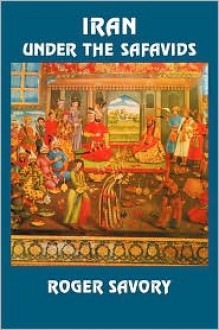
From the sixteenth until the early eighteenth centuries, the Safavid dynasty ruled lands stretching from modern day Afghanistan to Baghdad, and the Persian Gulf to central Asia. Yet despite its size and longevity, it has received far less attention from Western-language historians than its Ottoman contemporaries. While the Ottoman Empire is well-addressed by dozens of monographs, surveys and biographies of its central figures, the Safavids languish in comparative obscurity, enjoying a much thinner historiography.
This is just one reason why Roger Savory’s book is to be appreciated. Whereas readers interested in Ottoman history have dozens of works to turn to if they wish to learn about its history, Savory’s history stands almost along in providing an overview of the Safavid period. It is fortunate that it is as good as it is. In the space of ten chapters he covers the range of Safavid history, from its rise in central Asia to the growing frontier challenges that ultimately extinguished the dynasty. Though his focus is on the political history of the period, he addresses everything from the intellectual life of the empire to the role of international trade in its economy.
For this reason, Savory’s book stands out as the indispensable starting point for readers seeking to learn about the Safavid period. Though it the majesty and splendor of its existence shine again, detailed and explained for everyone to understand. In this respect the author has done a service in taking this unjustly obscure period and illuminating it for English-language readers. It is hoped that more historians build upon this work and open up this era further for a curious audience.


 Log in with Facebook
Log in with Facebook 









